By Masoud Sadrmohammadi
While all global attention is focused on Iran’s military response to Israel and various scenarios of how Iran might confront Israel militarily are being discussed, another topic has captured attention within Iran. Masoud Pezeshkian, who officially received his presidential mandate from the Supreme Leader of the Islamic Republic two weeks ago, has presented his proposed cabinet to the National Parliament of Iran for a vote of confidence. Until two days ago, the potential Iran-Israel conflict was the top political issue in Iran, but this cabinet announcement has suddenly shifted the focus, sparking various criticisms and comments about the new president and his future cabinet.
The prospective Cabinet and campaign promises
During his presidential campaign, Masoud Pezeshkian emphasized the underrepresentation of young people, women, and various ethnic and religious groups in positions of power. He argued that this homogeneity had led to a stagnant government, a lack of intellectual innovation among top-level officials, and even corrupt political dealings. This campaign narrative convinced a significant portion of Pezeshkian’s supporters that the most significant difference between his future administration and previous governments would be a focus on bringing young people, women, and individuals from diverse ethnic and religious backgrounds into the highest levels of government and his cabinet.
This hope for a transformed government was a key factor in Pezeshkian’s electoral victory in Iran last month.
Pezeshkian’s actions over the past month to identify potential ministerial candidates have further fueled optimism about the composition of his cabinet. Unlike previous presidents who relied on small advisory boards to select ministers, Pezeshkian has formed 20-member selection committees comprising individuals from various groups and perspectives. These committees, overseen by former Foreign Minister Mohammad Javad Zarif, are working to identify potential candidates based on a list of criteria announced by the president during the campaign. According to Zarif, these committees are striving to implement affirmative action in favor of women, youth, and religious and ethnic minorities.
These developments, which mark a new chapter in Iran’s political landscape, have, coupled with the president’s statements, generated high expectations among the public regarding the characteristics of the future cabinet.
Pezeshkian was able to outmaneuver his conservative rivals in the election by securing the support of reformists and their voter base. Voters, faced with a choice between the staunchly conservative candidates such as Qalibaf, Jalili, Qazizadeh Hashemi, and Alireza Zakani, turned to Pezeshkian in hopes of change. This was a proposition that Pezeshkian himself emphasized in the debates, stating his desire to be the voice of the discontented, even those who did not vote for him.
All these developments have led reformists to envision an ideal composition for the future government.
Cabinet announcement: A clash between realism and idealism
As public expectations soared to unprecedented heights, the announcement of Masoud Pezeshkian’s proposed cabinet ministers to the parliament triggered an immediate wave of criticism from reformist factions. The average age of the proposed ministers, at 60, immediately captured everyone’s attention. If Pezeshkian’s cabinet, with its current composition, were to secure a vote of confidence from the parliament, it would be the oldest government in Iran’s 45 years since the Islamic Revolution.
Moreover, among the 19 proposed ministers, three were from the cabinet of the late conservative President Ebrahim Raisi, who had perished in a helicopter crash. The presence of these three conservative ministers, along with five former ministers from the administration of moderate-conservative President Hassan Rouhani (2013-2021), who had roots in the conservative movement, led many to conclude that this cabinet could not be considered a serious reformist government.
Some critics among the reformists, considering the political, organizational, and activist backgrounds of the proposed ministers, argued that only one of them, Mohammadreza Zafarqandi (the proposed Minister of Health), could be considered a true reformist. Given the significant representation of individuals close to the conservatives and those affiliated with the moderate-reformist current in the cabinet, reformists accused Pezeshkian of disregarding the promises and ideals he had expressed during the election campaign.
The presence of only one woman as the proposed Minister of Roads and the absence of any Sunni candidates in the list were among the reformists’ objections to the cabinet composition announced by Pezeshkian.
A notable aspect of the proposed cabinet is its divergence from the list prepared by the ministerial selection committee headed by Mohammad Javad Zarif. Pezeshkian paid little heed to the committee’s findings and ultimately selected ministers who, in his view, were most aligned with his management style. This led Zarif to resign from his position as the vice president on one of the most critical days of the government, namely the day the list of proposed ministers was announced. While some, citing Zarif’s history of frequent resignations, accused him of impatience and a lack of the necessary tolerance for political activity, others—primarily reformists—praised his action as the best way to protest the future Pezeshkian administration’s approach.
The primary reason for Masoud Pezeshkian’s conservative approach in introducing his cabinet and, consequently, the policies he will pursue, seems to be the extraordinary situation in the country’s foreign and security policy. Pezeshkian has assumed the presidency at a time when the country is still reeling from the shock of the sudden deaths of the former president and foreign minister. Moreover, his inauguration coincided with one of the most historic events in contemporary Iranian history: a terrorist attack by a hostile government in the capital against a state guest. Immediately afterwards, questions about a potential military confrontation with Israel, the various possibilities of a prolonged war with Israel, and different scenarios regarding possible responses from the United States and NATO against Iran, as well as the reactions of Arab countries in the region, have become the primary focus of governance in Tehran. This situation indicates a complex and fragile state of the country’s foreign relations, which could have various political, economic, and social consequences. Given this situation, it is natural for Pezeshkian to strive to introduce a government with minimal differences with a conservative parliament. Pezeshkian has no choice but to politically engineer the situation to appease influential forces in the country’s political landscape and prevent friction among political forces in domestic politics. Therefore, Pezeshkian’s proposed cabinet list and the reformists’ objections to it should be seen as part of the ongoing conflict between realism and idealism.
The future of the Cabinet
It is highly likely that a significant portion of the current cabinet will secure the vote of confidence from the parliament next week, and Pezeshkian will not face any major issues at the outset of his administration. However, this does not mean that the government’s path will be free of obstacles. It can already be anticipated that his cabinet will be fraught with behind-the-scenes political conflicts. While the significant political differences among the ministers can create a certain balance and keep various political groups satisfied, they can also lead to internal political conflicts within the government. This situation increases the possibility of changes within the cabinet in the next two years
A major factor influencing these political conflicts will be the state of foreign policy and the country’s wartime status. If a confrontation with Israel does not occur or is limited to a short-term, localized conflict lasting a few days without damaging the country’s infrastructure, the risk of political conflicts within the cabinet will increase. However, if the confrontation with Israel and its Western allies leads to long-term consequences that push the country towards wartime policies for several years, the political factions within the cabinet will have no choice but to coexist peacefully. This is because igniting internal political strife during a wartime situation would benefit no one.




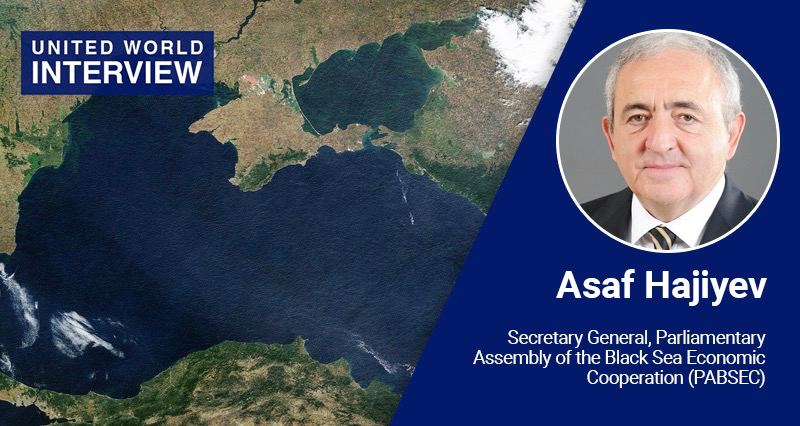
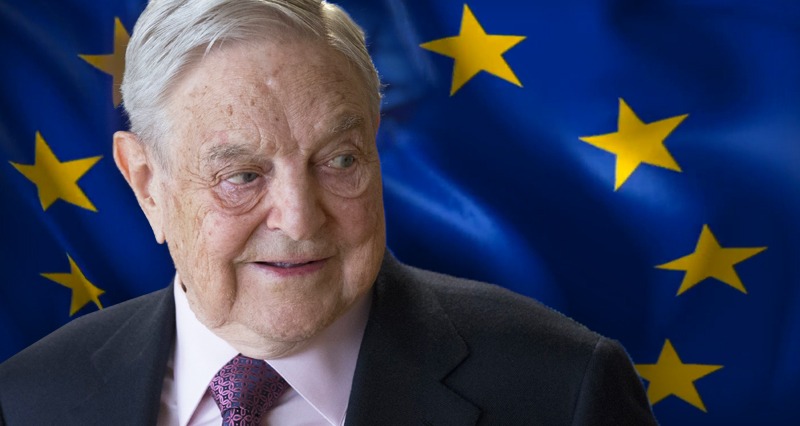




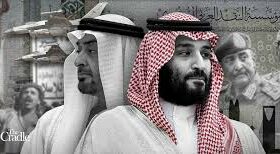
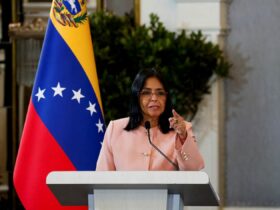

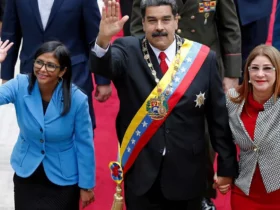

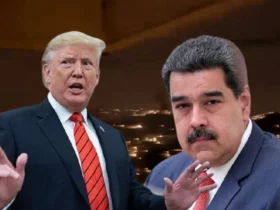

Leave a Reply